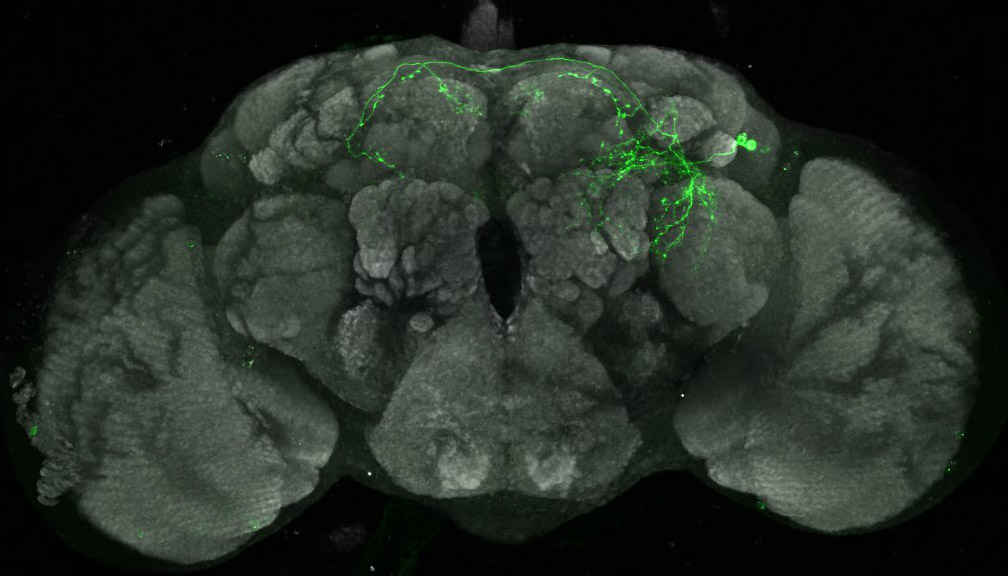Welcome to the Asahina lab

The Asahina lab is interested in understanding the molecular, genetic, and circuitry bases of social interactions. Social interactions are important aspects of life for all animals, including humans. Even “solitary” animals must interact with other individuals to mate and resolve conflicts over limited resources. Many species (both vertebrates and invertebrates) exhibit a wide range of sociality, where cooperation, division of labor, and hierarchy strongly impact behavioral patterns. Importantly, if one individual within a group changes their behavior it can dramatically alter the dynamics of group interactions, and by extension, the social experiences of other individuals. How the brain interprets social experiences and adjusts behavioral choices during subsequent interactions is a major question in neuroscience.
Our laboratory aims to answer this question by deconstructing the nervous system into fundamental building blocks – genes, cells, and elementary circuits. Why do we begin from genes? It is because genes are ultimately responsible for defining the anatomical and physiological properties of a neuron. To understand how a neural circuit works the way it does, it is necessary to elucidate the molecular origins of neural functions. Moreover, genes are the target of evolution. Genetic studies can shed light on the evolutionary processes by which sociality originated and developed in certain species.
We use the common fruit fly, Drosophila melanogaster, as our main model organism because of several unique advantages:
- Genes can be manipulated with superior precision, specificity, and temporal dynamics.
- Virtually all types of neurons (sometimes down to a single cell in the entire brain) are genetically accessible.
- The complete wiring diagram of the brain (the “connectome”) is available.
- Granular details of complex behaviors can be quantitatively characterized.
These strengths allow us to address the function of genes at the molecular, cellular, circuitry, and behavioral levels at greater resolution and detail than in other laboratory animals. In addition, the fast life cycle of the fly enables us to perform iterative experiments, in which findings from these 4 levels form a synergistic network, allowing us to gain a holistic understanding of brain function. It is our belief that coordinated investigations from genes to behavior is critical for understanding how the nervous system controls social interactions. Given most Drosophila genes have clear functional homologs in the human genome, the knowledge we gain in Drosophila is valuable for understanding how genes in our genome may influence our own social behaviors.